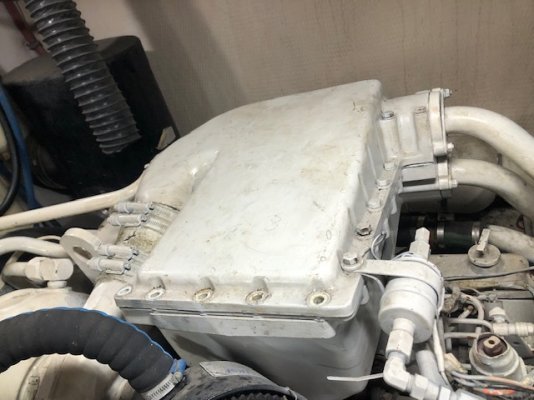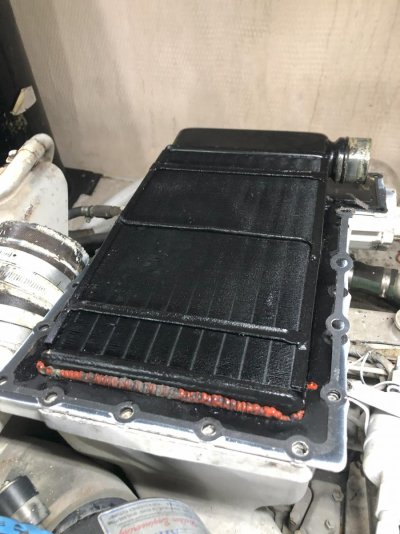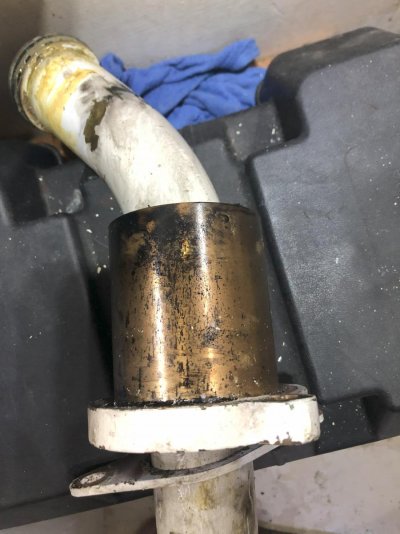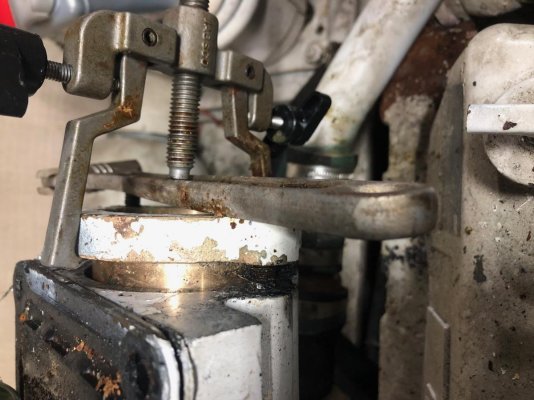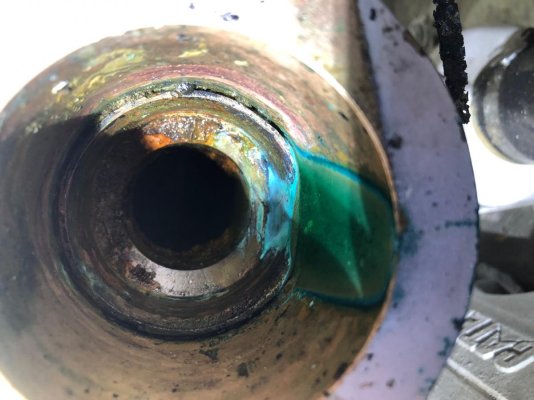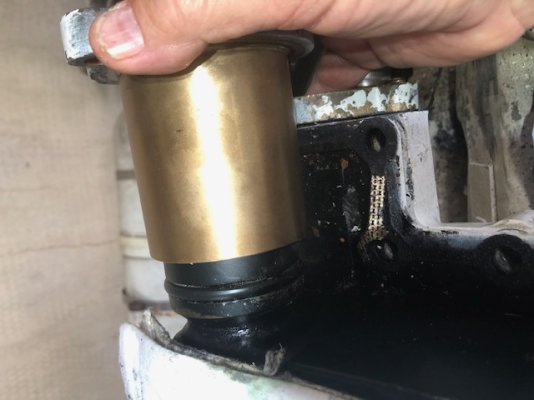RickyD
Guru
- Joined
- May 4, 2018
- Messages
- 802
- Location
- United States
- Vessel Name
- Aquarius
- Vessel Make
- Californian 55 CPMY
Another note on the air side of an aftercooler and egt.
As the air side gets dirty. You loose boost pressure and you exhaust gas temperatures will rise. So having egt guages on the boat is a good thing. Get a base line for your egt for the boat. It can tell you a lot about the boat. From a dinged prop to a dirty aftercooler.
Example
Egt increases with load. One weekend after running the boat all was fine. Follwoing weekend all of a sudden the egt was higher on one engine. Then I noticed the load was higher and fuel was also more on the port engine. Once I got where i was going, i went for a swim thinking i picked up a rope or something. Woah, the prop was damaged. I think I hit something in the marina the week before but did not notice. The rise in egt on one engine alerted me to something wrong with that engine.
If you know your base line of your egt's you can get a feel for when things need to be done.
As load increases at a given rpm the egt will rise. If it is an even rise for both engines it indicates a change to the boat. Dirty props, dirty bottom, clogged aftercooler on the air side. A rise on one engine indicates a problem on that engine. Its important to understand that changes in egt will not necessarily show up on engine temperature gauge. Your engine will be running at its popper temperature. The egt is your early warning system .
My EGT gauges don't work currently. I replaced the sensors, replaced the gauges, still nothing. Next I'm going to clean up the wiring harnesses and hopefully that give me a better signal. If not I'll have to run new wires. Ughhh.

